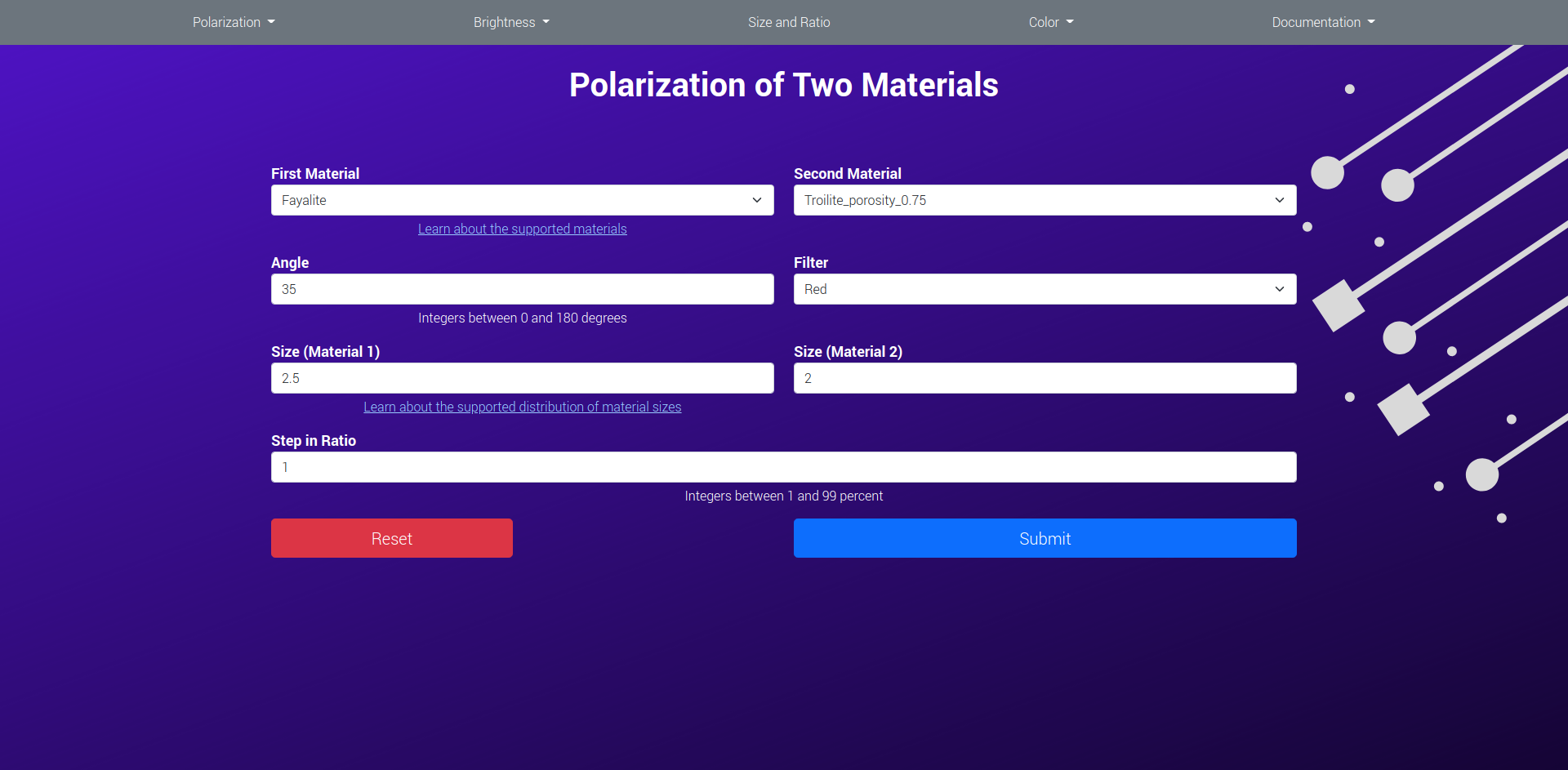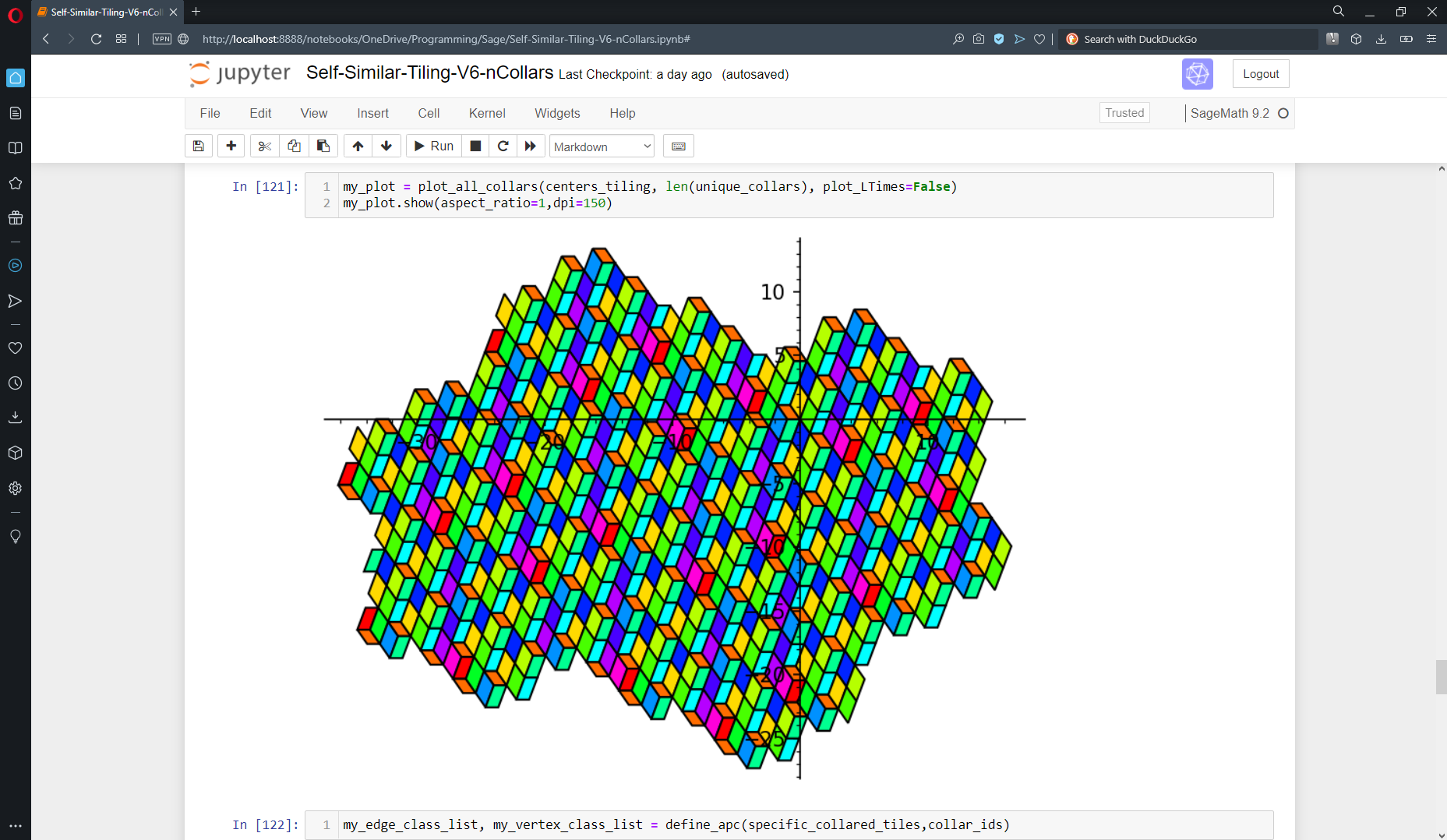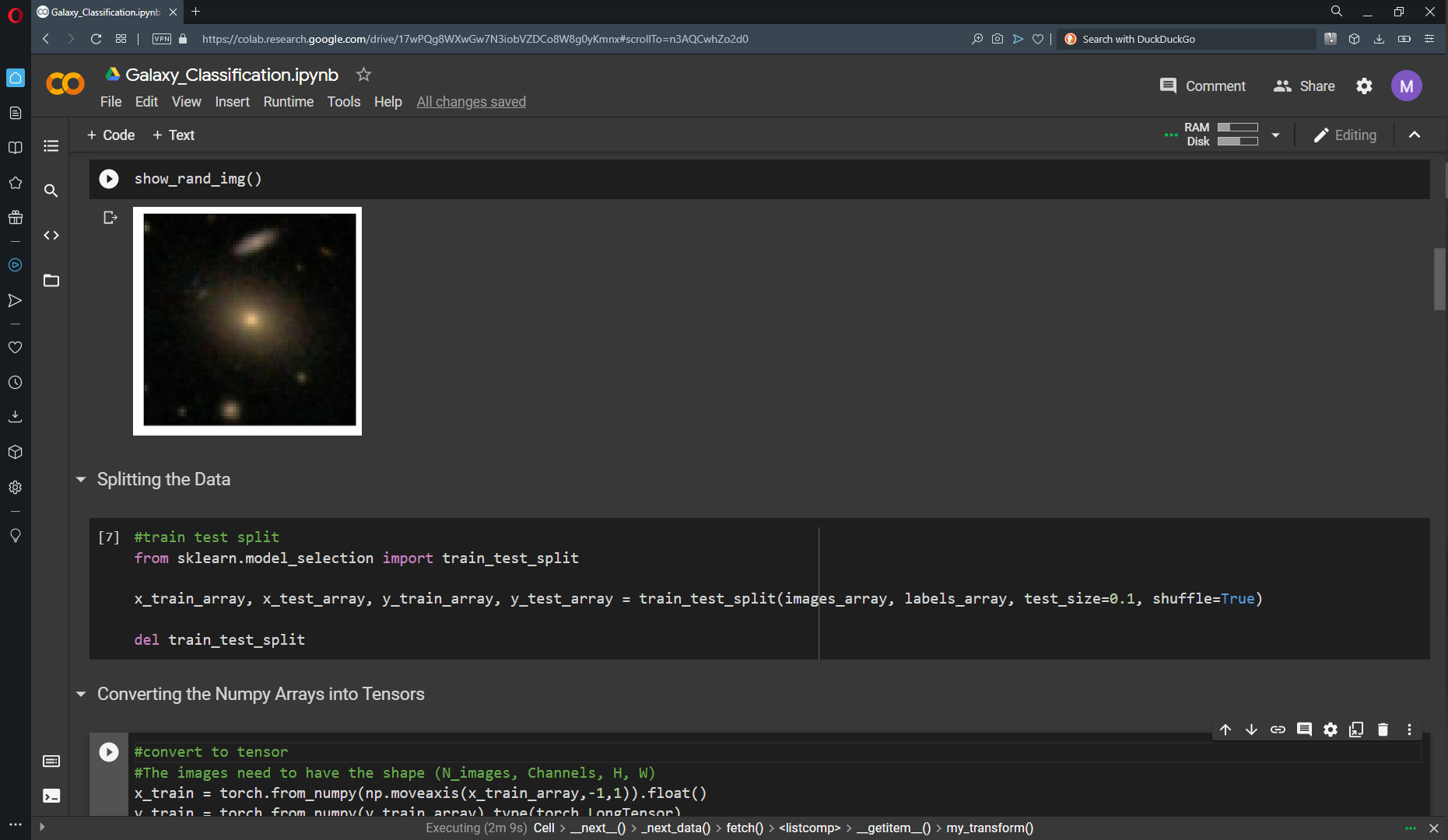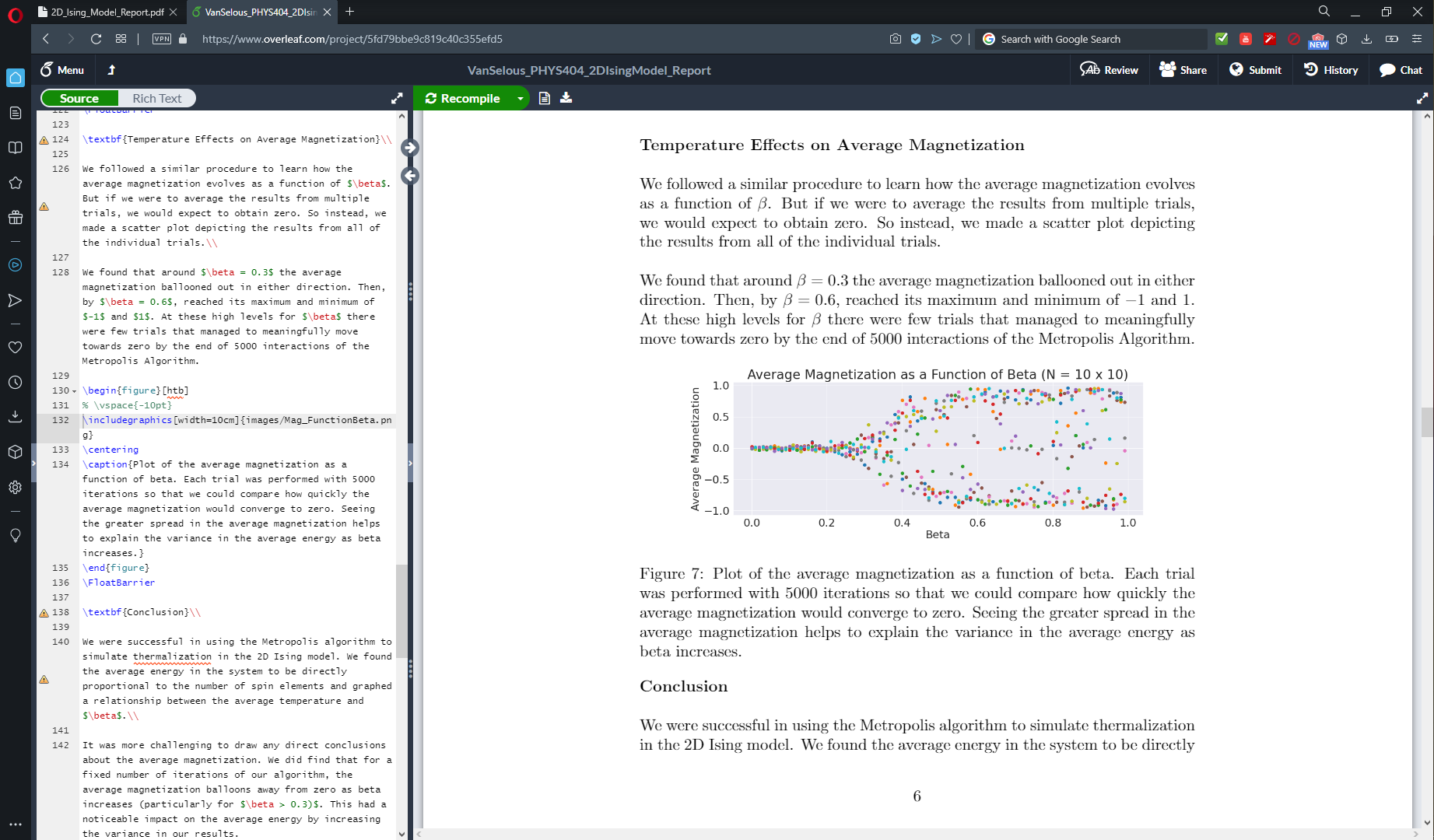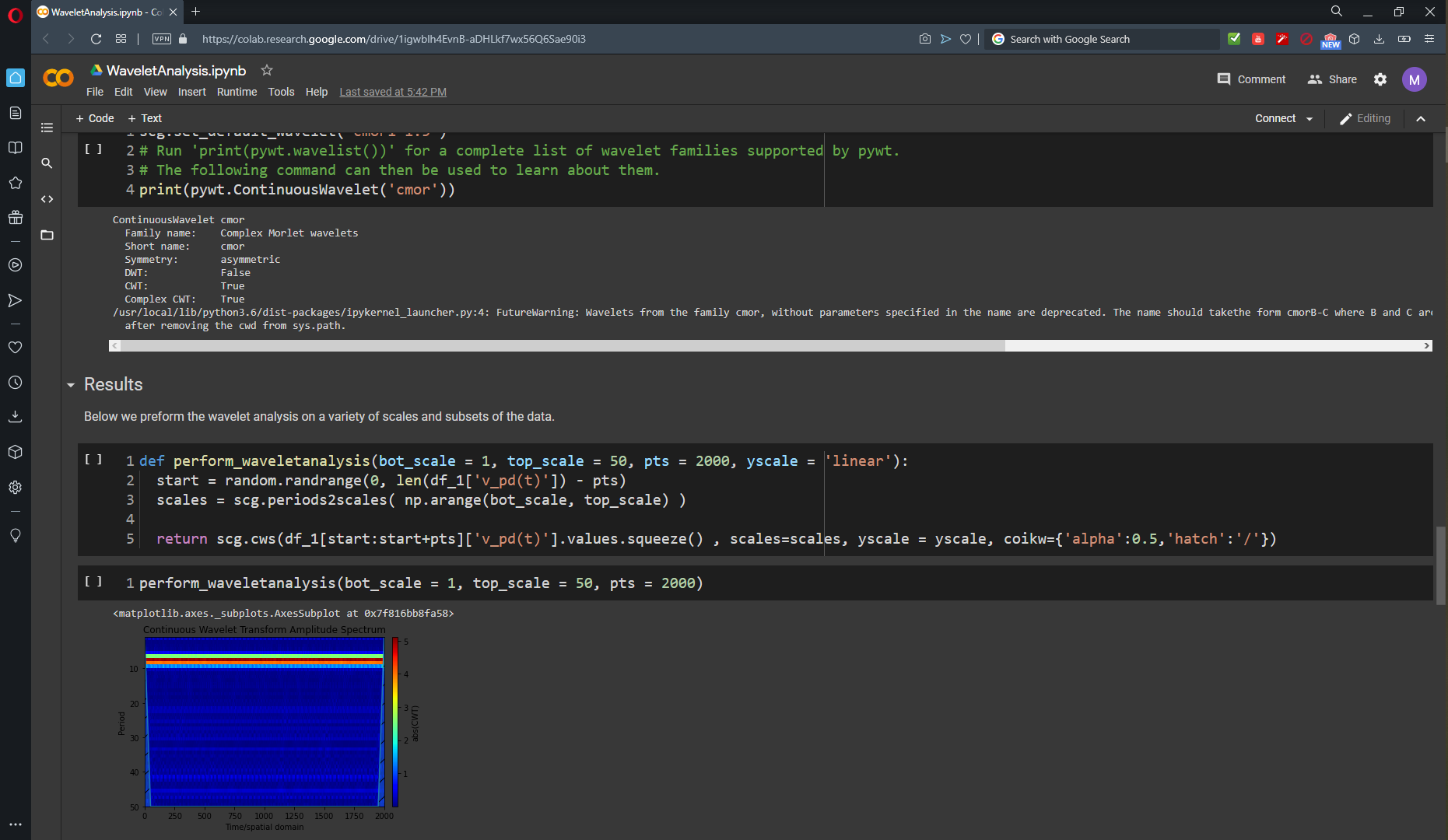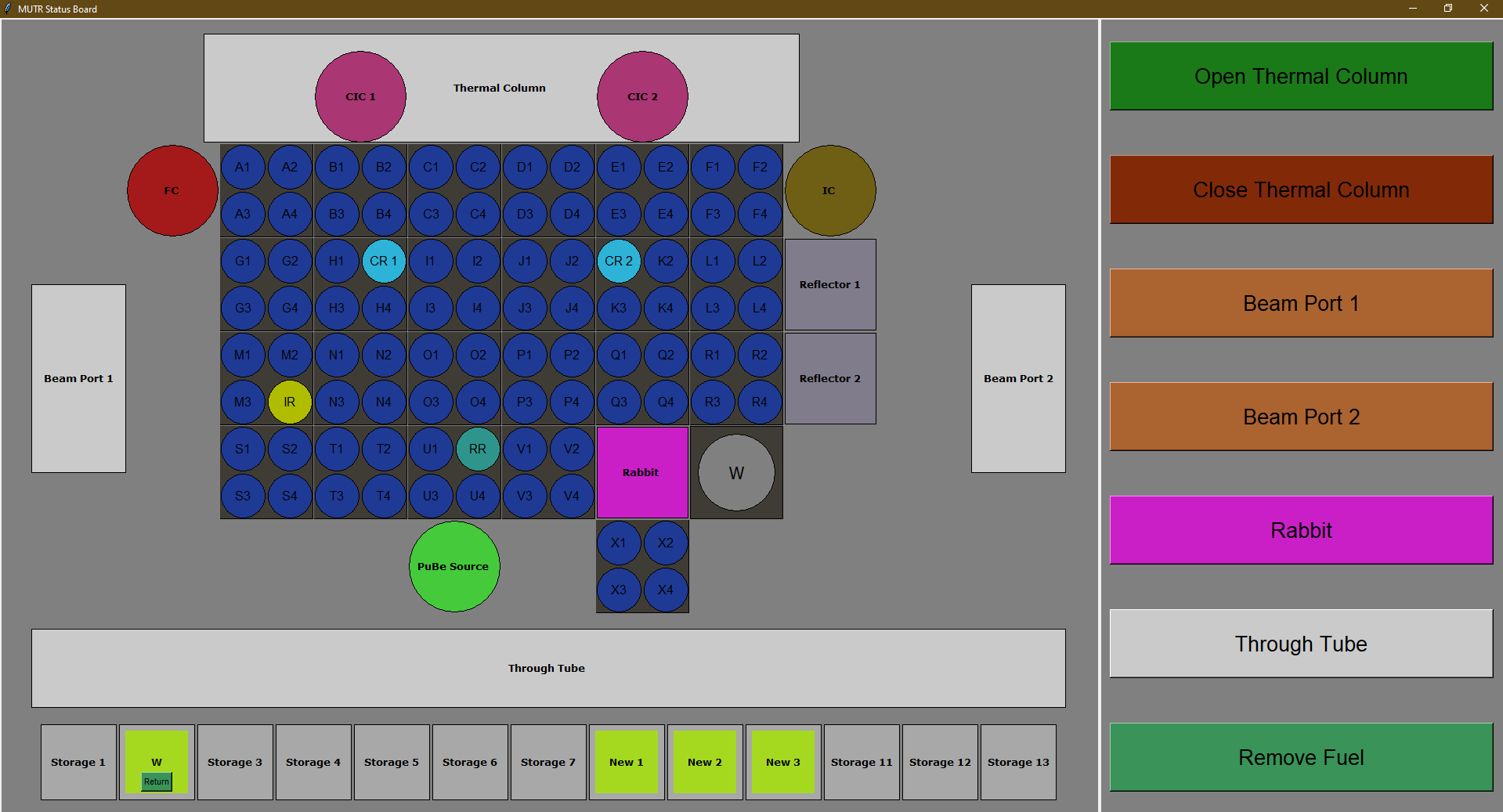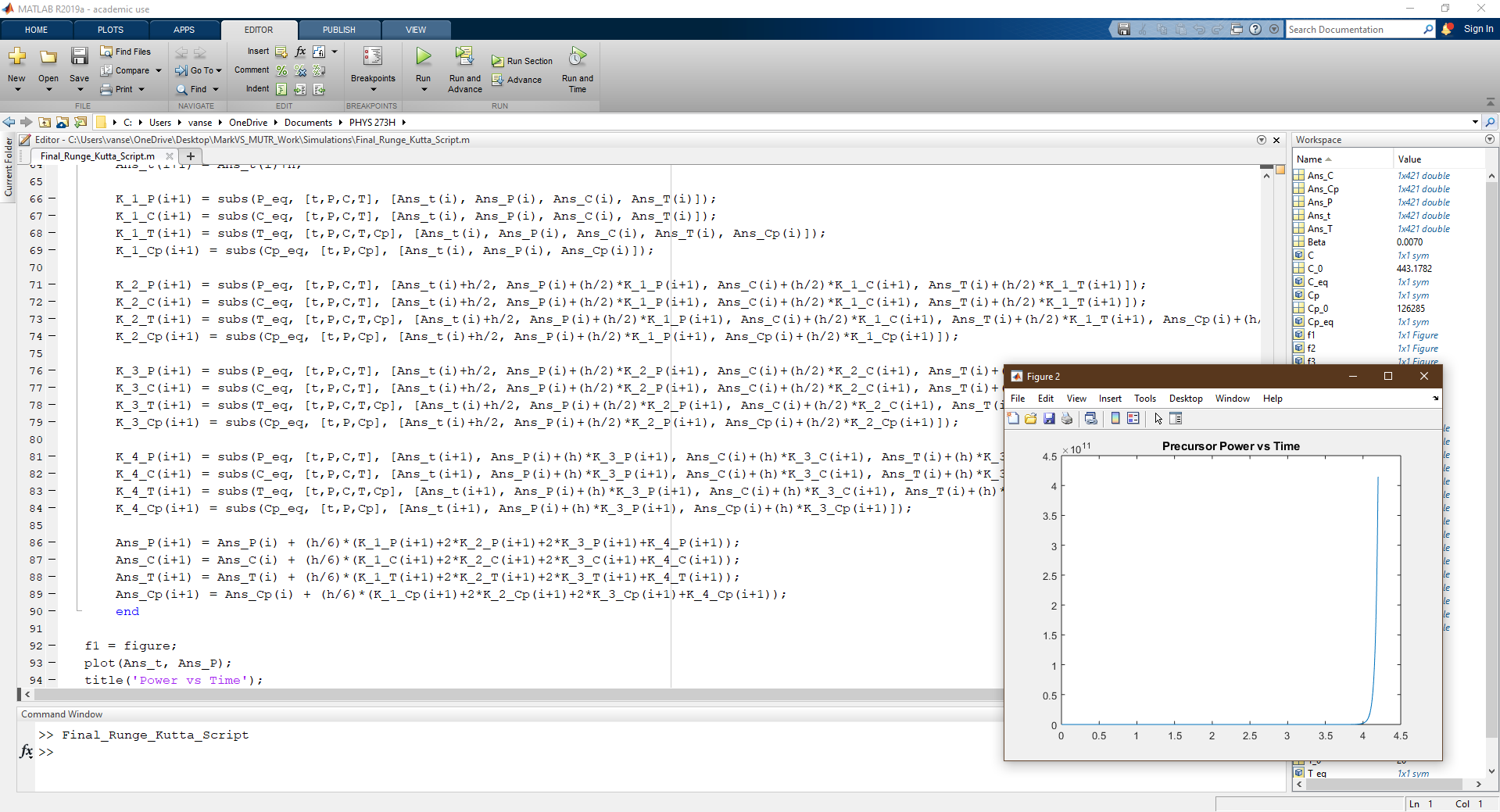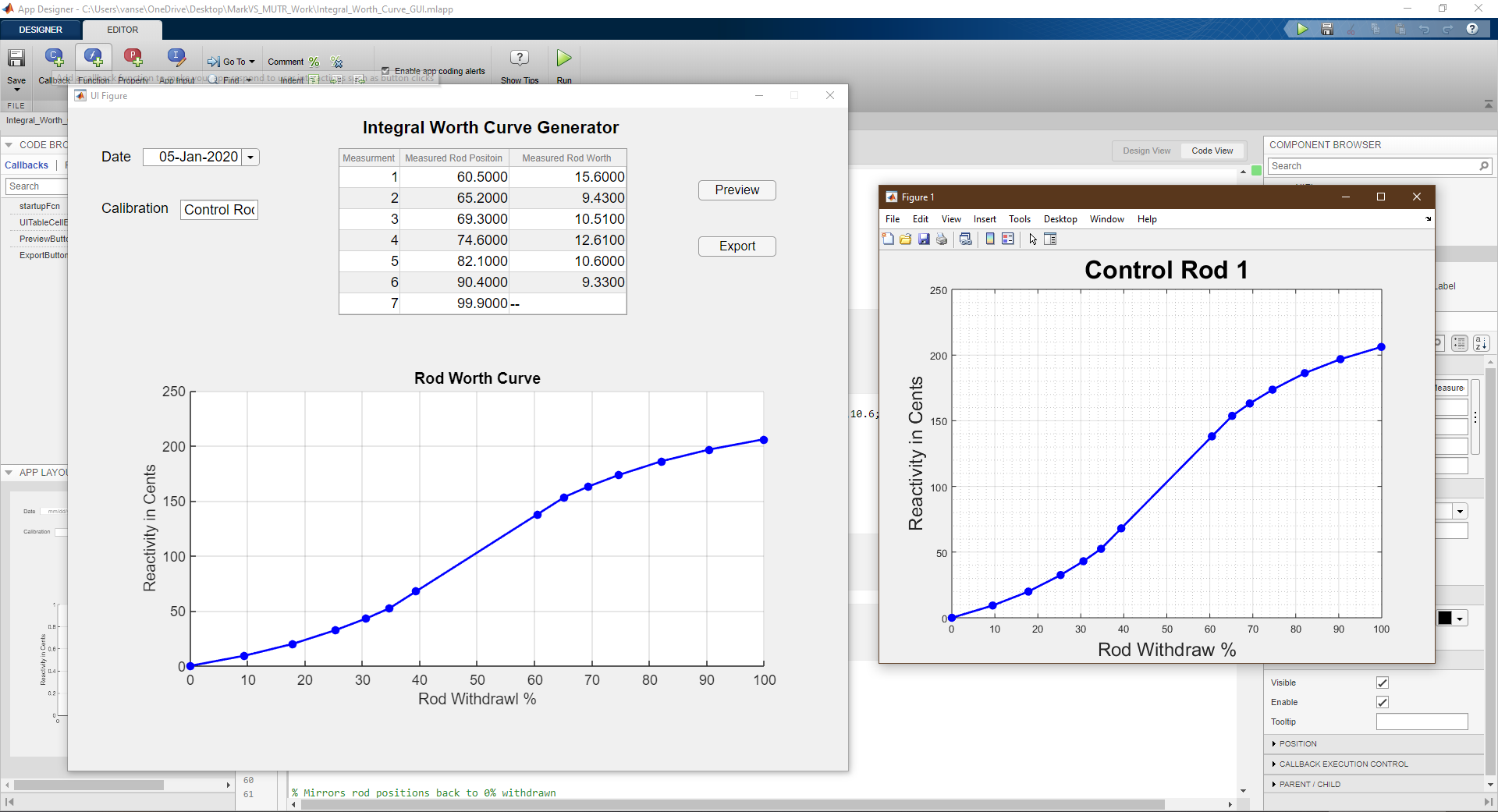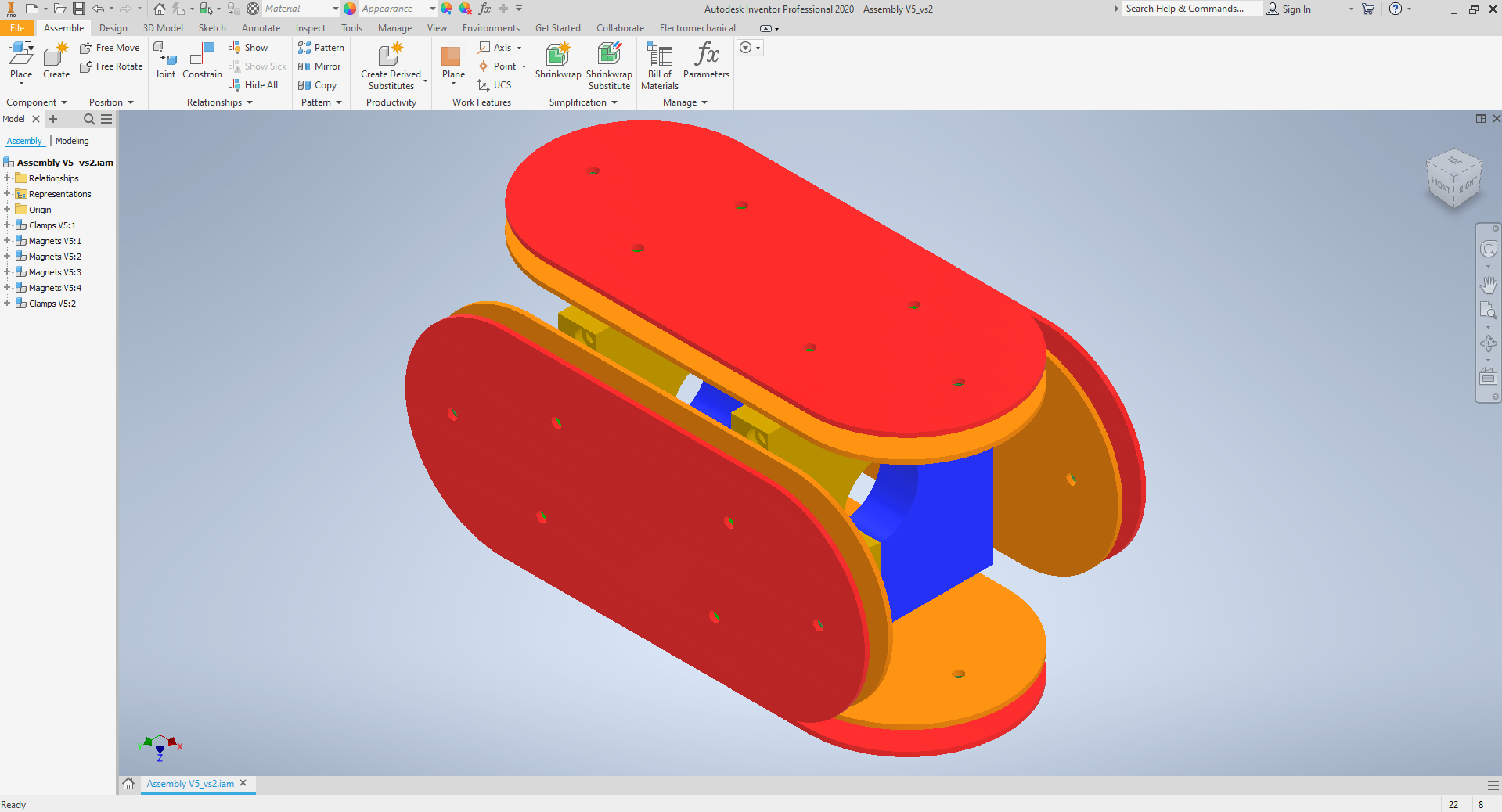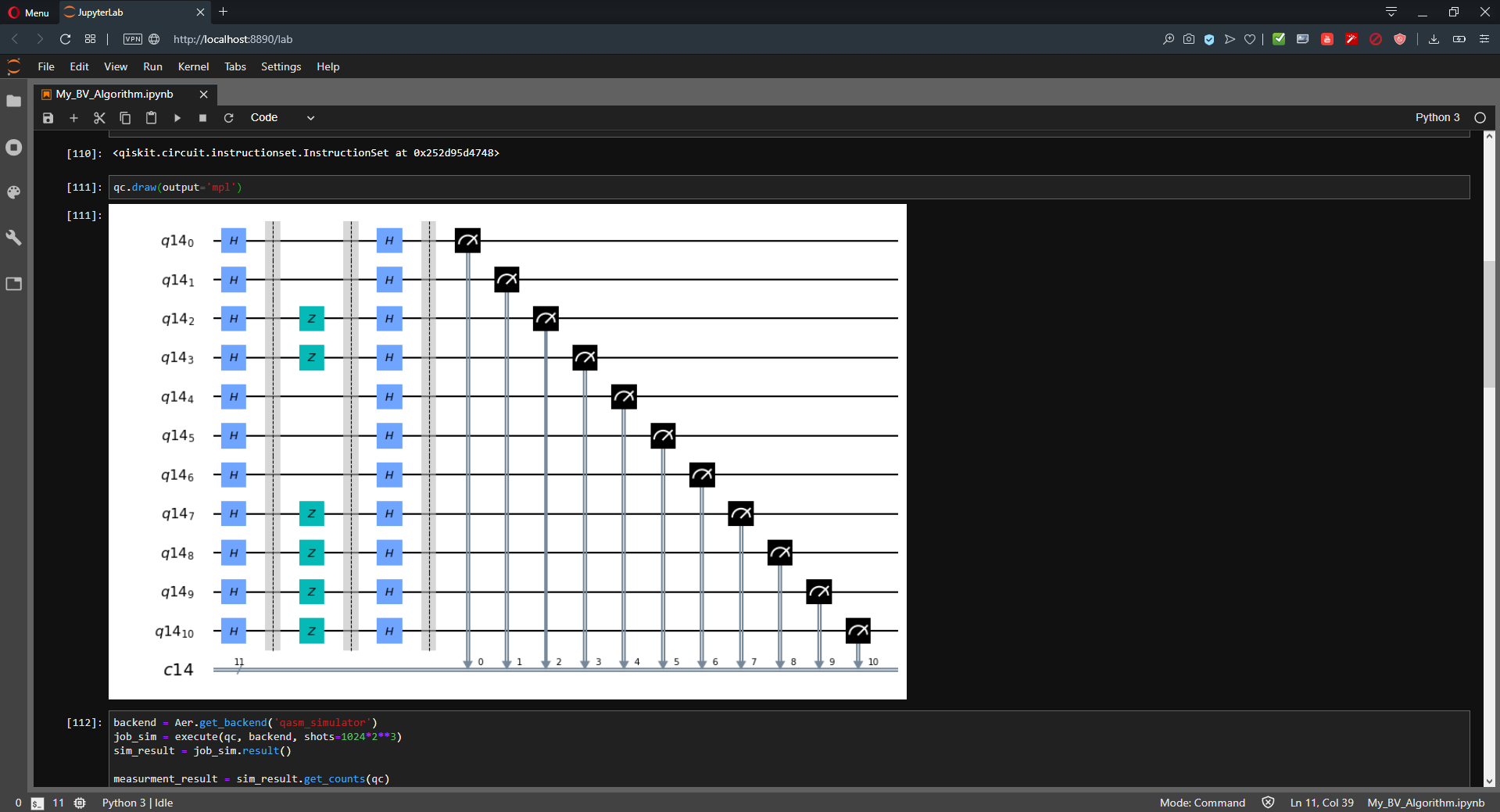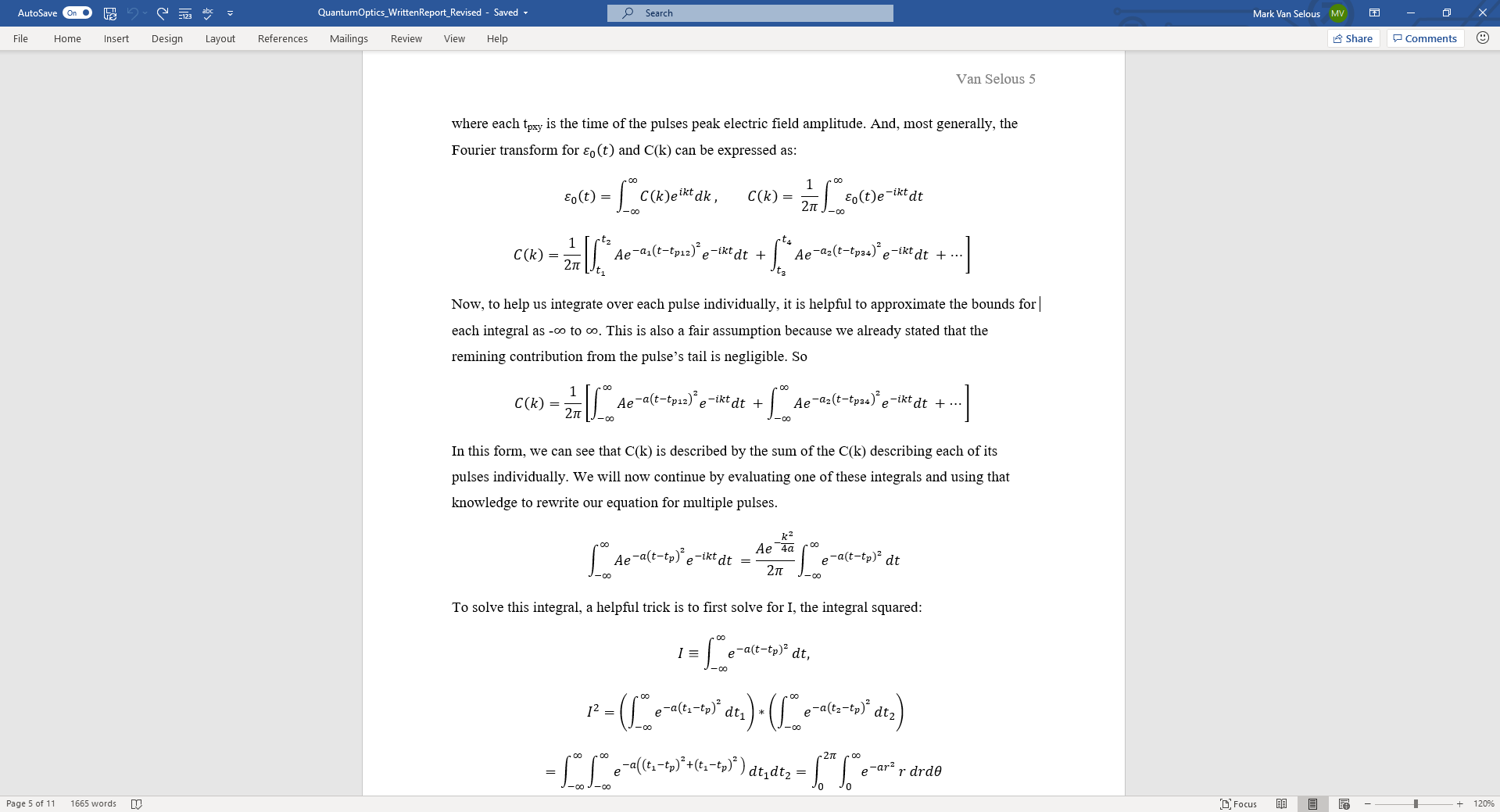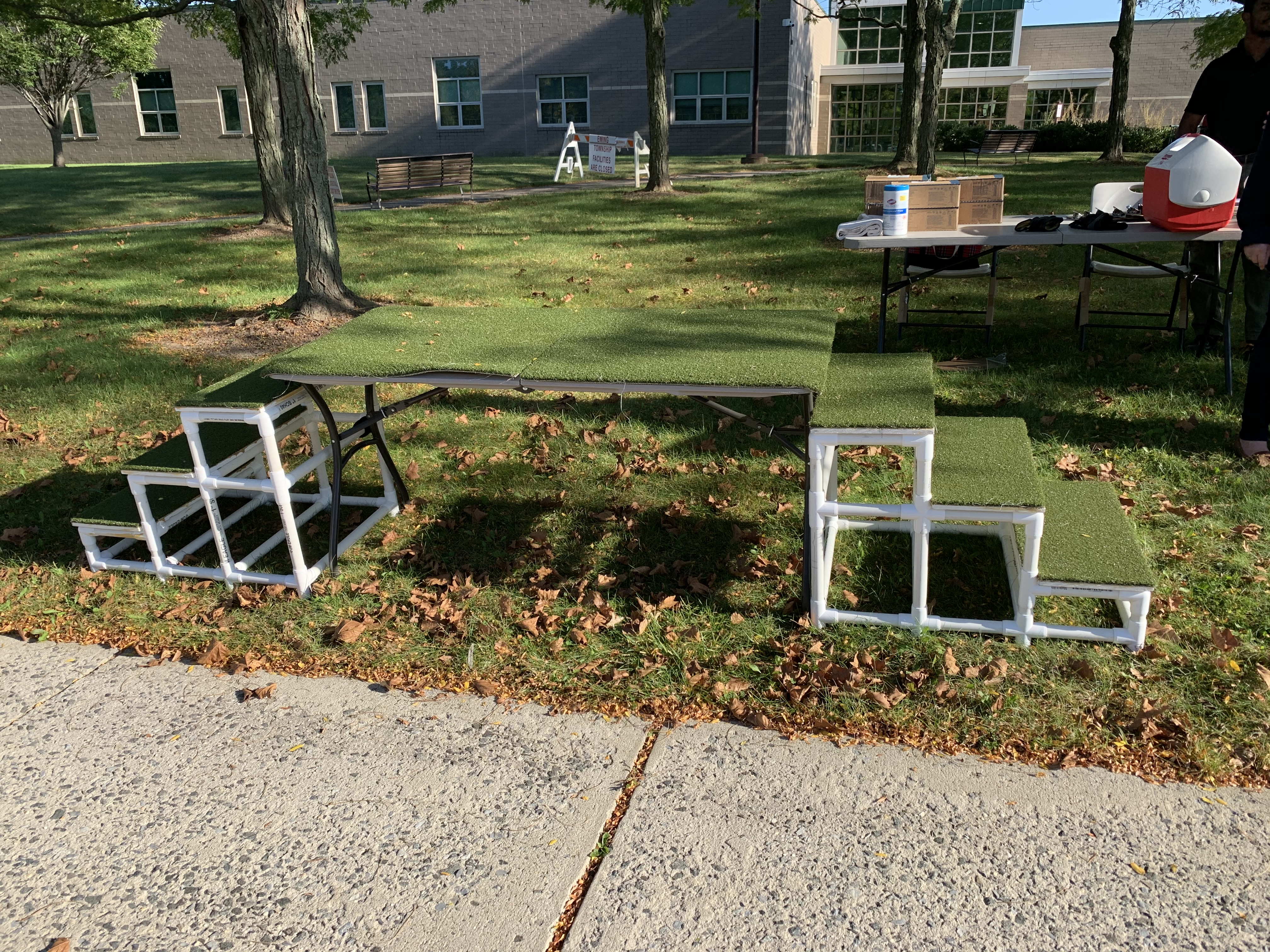
Mark
Van Selous
About Me
Welcome to my website! I am a rising senior pursuing a dual degree in physics and mathematics at the University of Maryland, College Park. I am proficient in programming with python, MATLAB, and C++. I am also familiar with using GIT from the command line, Unix shells, the windows PowerShell, and Anaconda. I created this website myself via html, css, and javascript (with help from Bootstrap). Additionally, I am comfortable with using Latex for the majority of my written assignments.
Current Experiences
I am currently working on NASA’s Double Asteroid Redirection Test (DART) Mission where we are demonstrating the ability of utilizing the kinetic impactor technique to redirect an asteroid in space.
My role in this mission is to model will be to model the plume of dust which results from the collision of the DART spacecraft with the target asteroid. I hope to do so via computing a radiative transfer model on my universities high performance computing cluster DeepThought2.
Completed Upper Level Coursework |
||
|---|---|---|
|
|
|
|
|
|
|
|
|
|
|
|
|
|
Please take a look at my resume linked below. The second link is to a github repository containing a few of the smaller standalone projects I have completed. Finally, below are twelve of more notable projects I completed for research groups at UMD, my classes, and for my Boy Scout eagle project.
Click Here For My Resume!